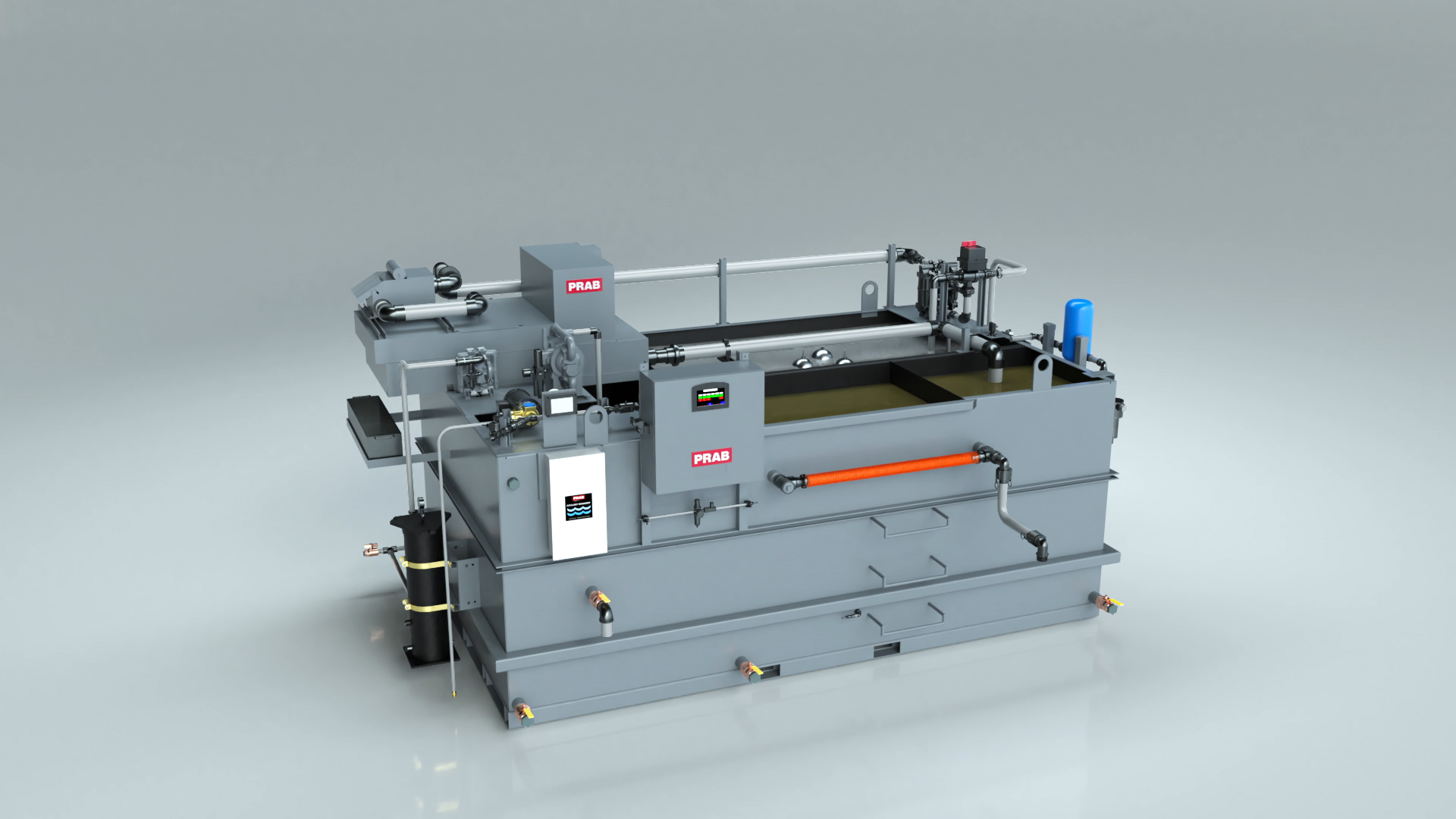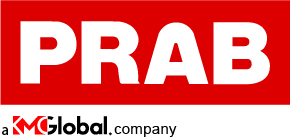
For metalworking operations looking to cut expenses, recycling cutting fluids is an avenue worth exploring.
Cutting fluid recycling systems are proven to deliver ROI in several ways. For instance, an automotive parts manufacturer with 20 machine sumps operating 52 week per year could be saving upwards of $300,000 a year when all potential savings are factored in. With that in mind, here are the top five ways cutting fluid recycling equipment can yield substantial annual savings.
1. Save on Replacing Fluid – Estimated Annual Savings: $216,000
The single largest area of spending associated with cutting fluid treatment and recycling is the fluid itself. With a gallon of cutting fluid costing anywhere from $15 to $50 depending on the quality and application, lower fluid expenses will translate to sustainable savings.
Fluid filtration and recycling systems are proven to extend cutting fluid life two to five times beyond typical change-out periods. Even at a relatively conservative estimate of $20 per gallon of cutting fluid, if a machining operation uses 1,200 gallons per month, the cost of new cutting fluid would come out to $288,000. With a fluid recycling program in place, those costs can be cut by up to 75%, leading to potential annual savings of up to $216,000.

2. More Production, Increased Tool Life – Estimated Annual Savings: $43,750
Implementing a comprehensive fluid recycling program helps metalworking operations optimize cycle times, decrease downtime and preserve part quality through extended tool life.
As cutting fluid becomes contaminated with tramp oils, metal fines, and bacteria, lubricity becomes ineffective and cutting tools wear more quickly. Centralized cutting fluid recycling systems remove tramp oils and suspended solids from contaminated fluid. They can also automatically adjust fluid concentration to only add new concentrate to maintain optimum ratios and maximize tool life.
Because fluid recycling programs are shown to increase tool life by up to 25%, a parts manufacturing operation with an annual perishable tooling cost of $175,000 could save as much as $43,750 per year.
3. Cut Back on Haul-Away Costs – Estimated Annual Savings: $32,400
Another meaningful way to cut back on spending associated with cutting fluid is by reducing the quantity of spent fluid that needs to be hauled away.
Cutting fluid recycling systems can lower disposal costs by up to 90%, drastically reducing haul-away expenses thanks to extended cutting fluid life. Like the price of cutting fluid itself, haul-away costs can vary widely–from 20 cents per gallon to hundreds of dollars per drum. Tens of thousands of dollars can be saved annually, even for operations on the lower end of the disposal cost spectrum.
Assuming that a metalworking operation hauls away 6,000 gallons of spent fluid per month at a rate of $0.50 per gallon, that operation is spending $36,000 annually on disposal costs. With a complete fluid recycling program in place, that cost could be reduced to just $3,600.
4. Labor Savings – Estimated Annual Savings: $10,250
Because cutting fluid recycling systems automate the process of removing tramp oils and suspended solids from cutting fluids and can automatically monitor and adjust fluid concentration, the equipment can generate significant time-savings. By reducing the need for operator intervention, fluid recycling equipment enables companies to dedicate personnel to other areas.
During a skilled labor shortage, when every employee is more valuable than ever, automated recycling systems alleviate workforce constraints. Using the median starting salary for a machine maintenance technician in the Midwest–$41,000–and assuming that fluid maintenance is only 25% of the technician’s duties, savings come to more than $10,000 annually.
5. Other Secondary Costs
While lower fluid and haul-away costs, as well as extended tool life and labor savings, are the top ways a machining operation can reduce yearly spend with a fluid recycling program, they are by no means the only ways that savings can be achieved.
Whether it’s through a reduction in health-related absences and medical claims due to exposure to contaminated cutting fluids, improved employee morale through an improved work environment, or eliminating disposal fines resulting from improper hazardous waste practices, fluid recycling equipment delivers ROI in many derivative ways.
Conclusion
Fluid recycling systems can help streamline your metalworking operation and provide ROI quickly and consistently.
To learn more about setting up a comprehensive fluid recycling program of your own, consult with a trusted expert or equipment manufacturer who understands your operational goals and will recommend solutions that will take your bottom line in a positive direction.
During the consultation process, inquire about having a sample of your cutting fluid tested. Sample testing establishes an accurate understanding of the characteristics of your mixed solution and its industrial applications, and establishes a data-driven way to specify the correct equipment solution.
--------------------------------------------------------
Cutting Fluid Recycling Equipment
Centralized cutting fluid recycling systems: automatically recycle used cutting fluids, reducing waste fluids by up to 90%. These systems can remove free-floating and mechanically dispersed tramp oils to .1% or less, eliminating concerns about wastewater haul-away liabilities. Automated cutting fluid concentration controllers can be added to maintain set concentration levels within +/- 0.5% accuracy. Ozone injection modules control bacteria to prevent fluid rancidity and eliminate the need for biocide. Typical ROI is 6 to 9 months.
Tramp oil separators: can cut new fluid purchases up to 75% by extending the life of soluble oils, cutting fluid, and washwater. Tramp oil separators automatically remove tramp oils, bacteria, slime, inverted emulsions, and more from individual machine sumps, central systems, and wash tanks. By removing the oil that hosts bacteria, health hazards are decreased. Typical ROI is 6 to 9 months.
Contact Details
Related Glossary Terms
- cutting fluid
cutting fluid
Liquid used to improve workpiece machinability, enhance tool life, flush out chips and machining debris, and cool the workpiece and tool. Three basic types are: straight oils; soluble oils, which emulsify in water; and synthetic fluids, which are water-based chemical solutions having no oil. See coolant; semisynthetic cutting fluid; soluble-oil cutting fluid; synthetic cutting fluid.
- lubricity
lubricity
Measure of the relative efficiency with which a cutting fluid or lubricant reduces friction between surfaces.
- metalworking
metalworking
Any manufacturing process in which metal is processed or machined such that the workpiece is given a new shape. Broadly defined, the term includes processes such as design and layout, heat-treating, material handling and inspection.
- rancidity
rancidity
Bacterial and fungal growths in water-miscible fluids that cause unpleasant odors, stained workpieces and diminished fluid life.
- tramp oil
tramp oil
Oil that is present in a metalworking fluid mix that is not from the product concentrate. The usual sources are machine tool lubrication system leaks.


